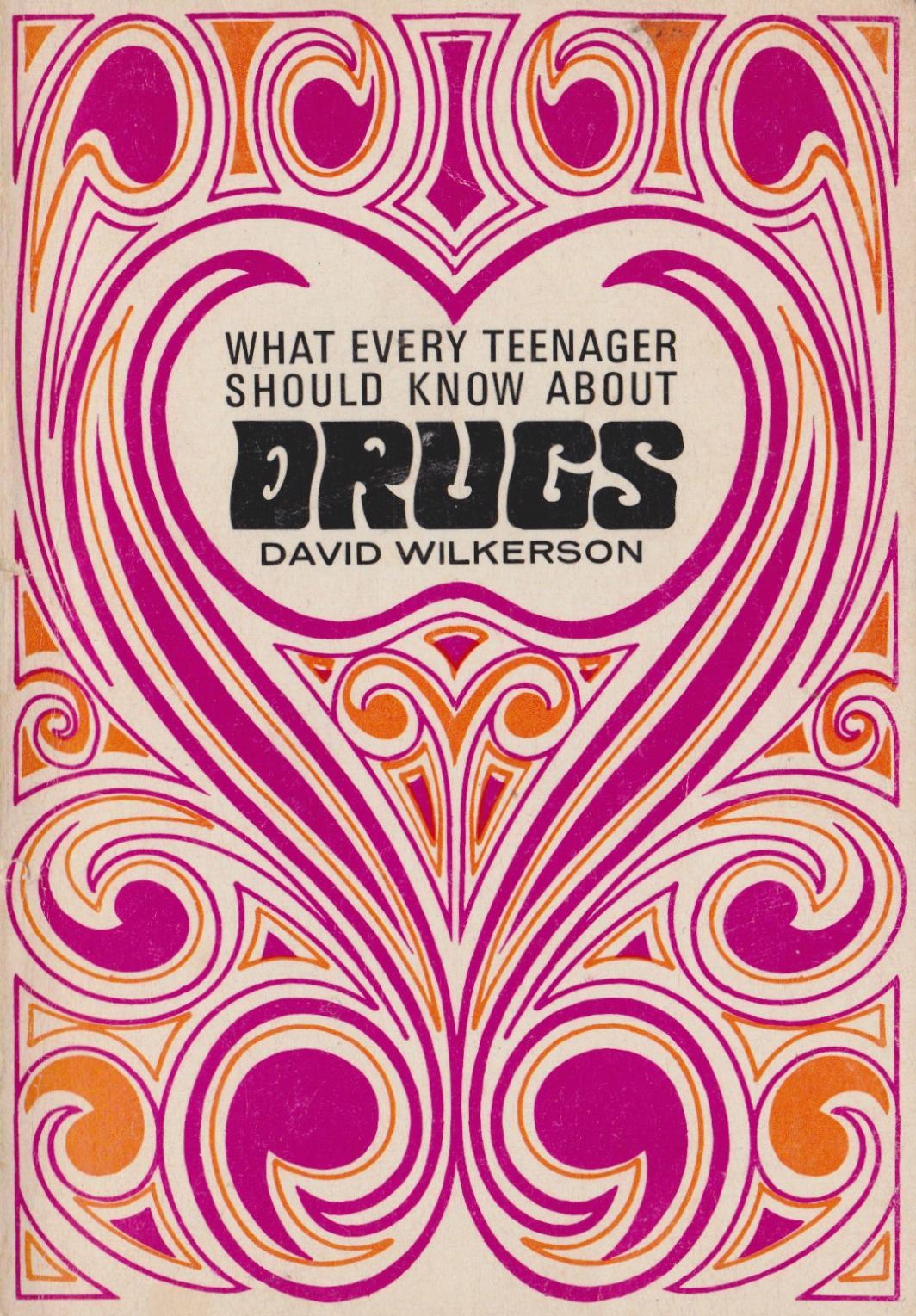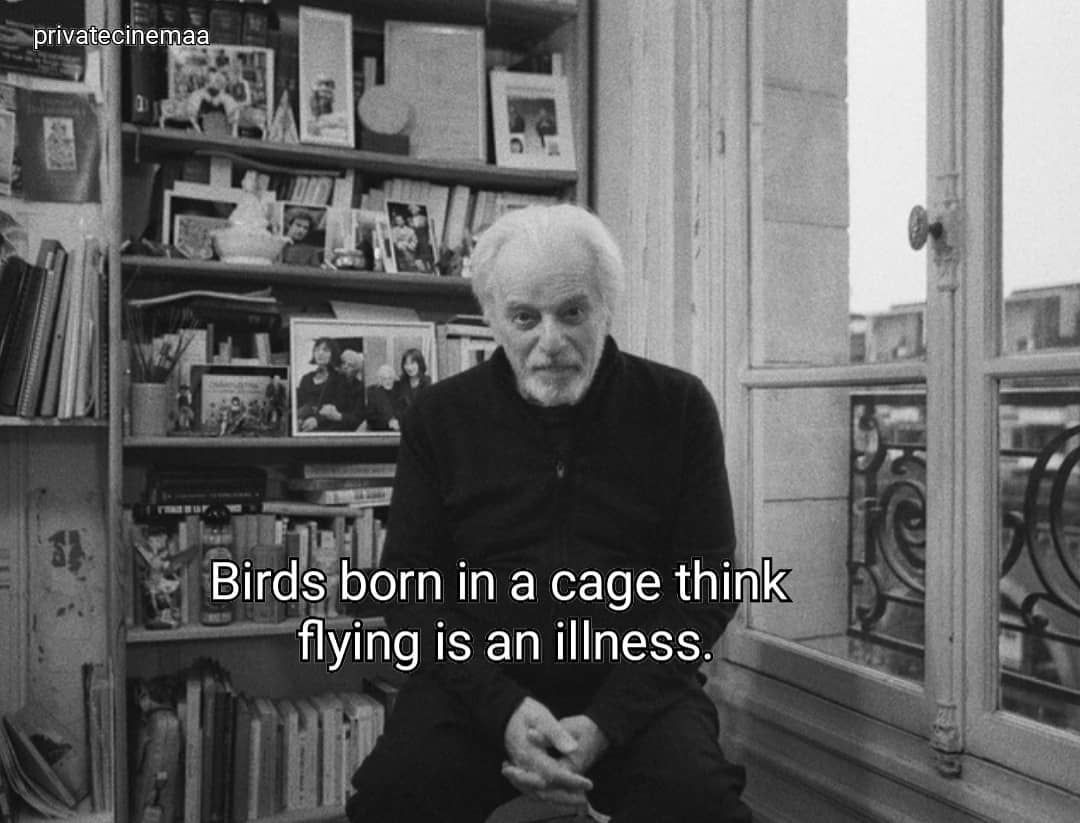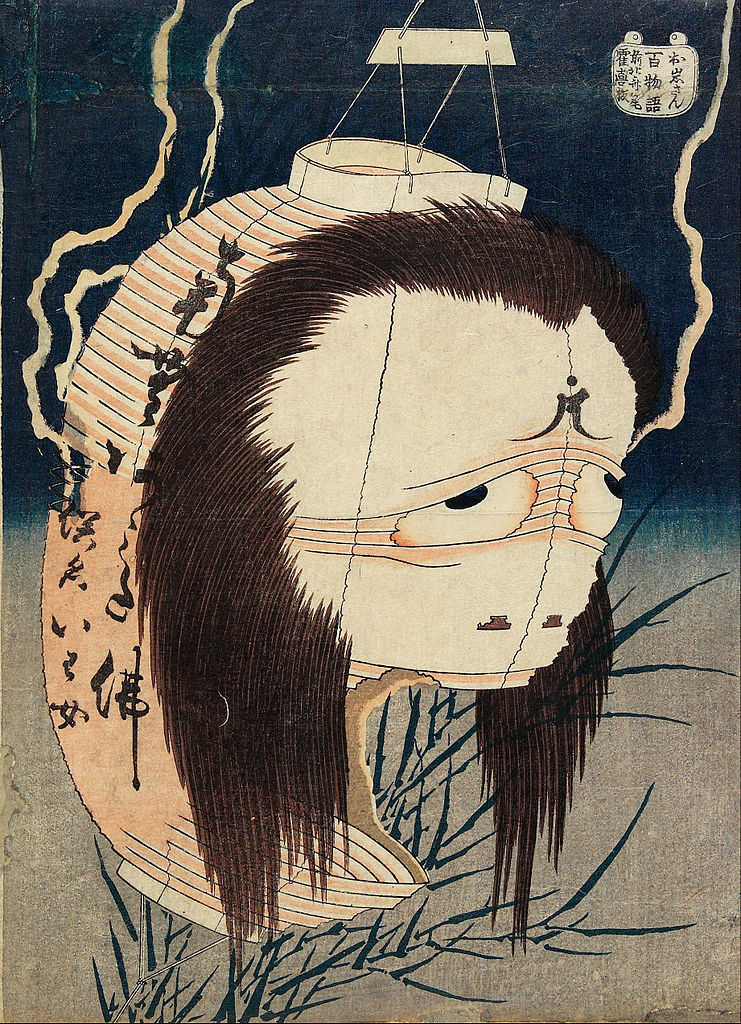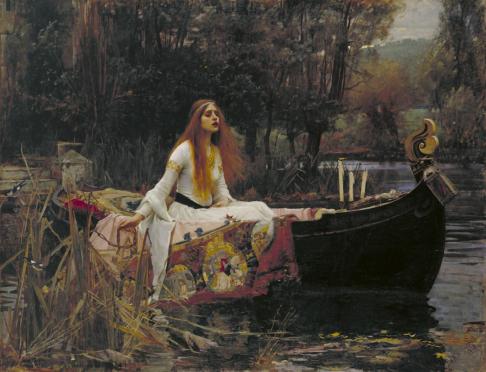“My dying, I mean. I can’t change it now. But nothing could ever have kept me from loving Modi; or him, me. We were born for each other, under his lucky black star.”
(Loving Modiglian, by Linda Lappin)
 Jeanne Hébuterne, c 1918
Jeanne Hébuterne, c 1918
The 6th of April marked the birth anniversary of Jeanne Hébuterne; the muse, the lover, the companion, common-law wife of the great painter Amedeo Modigliani and an artist in her own right. She was born in Paris in 1898, and died on the 26th January 1920 after throwing herself from the window of the fifth floor of her parents’ flat. The Paris she left behind was a very different world from the one she was born into; it had seen the great war and it has witnessed many art movements appearing like shooting stars and disappearing into the (art) history. And most importantly of all, for Jeanne, the Paris of 1920 didn’t have Modigliani who had died on the 24 January that year. The Paris without Modi was a dreary and sad urban wilderness.
This tale of art, love and death is perhaps the most tragical and heart-breaking tale from the world of art and it is not easy to write about it in a fresh and exciting way, or find a unique and original perspective on the topic which can easily become sentimental in the hands of a bad writer. Still, I recently read a book on the topic which blew my mind; “Loving Modigliani: The Afterlife of Jeanne Hébuterne” by Linda Lappin. I was instantly drawn by the title alone and the way the novel begins in medias res, with Jeanne’s fall from the window, and the way everything was told from her point of view. Jeanne, as a ghost, leads us through the tale of her love for Modigliani whom she desperately wants to find now that they are both dead. What can be more romantic than that!?
The writting is so vibrant, exciting and captivating. The novel has a great flow and the pages just pass by like landscapes from the window of a train. Indeed, the whole book feels like a very intense, poignant and exciting journey that begins with death and ends with …. well I am not going to tell you that. From the Paris of the living and Jeanne’s burial, to the “other Paris” as the author calls it in the book where Jeanne goes through a trial, meets the Death herself and seeks Modigliani so that their souls might wonder together the promenades and the avenues of the dead. A segment of the book is set in 1981 where a young art history student comes to Paris to do a research about a painter Manuel Ortiz de Zárate, and also a part which is Jeanne’s diary. This seemingly strange composition actually works beautifully and everything falls in its place in the end. The storyline is nonlinear and that makes the reading very exciting; you feel as if you are unravelling a mystery. All in all, in my opinion this was a beautiful novel and I think it would be a great read for those who are familiar with the story of Jeanne and Modigliani, as well as for those who don’t even have an interest in the art history because in the end it is a tale of love, death and lovers separated by death and that is something everyone can connect with. Also, I must say that I found the novel very poignant, it made me feel the same way that the book “Torn Apart: The Life of Ian Curtis” did and I already wrote a book review for it here. You can visit the author’s page for more information.

Amedeo Modigliani, Portrait of Jeanne Hébuterne, 1918
And now some quotes from the book which I really loved:
“Examining her past, we will see that she had always been a perverse child—moody, disobedient, quarrelsome, and stubborn. (…) Rather than follow the sensible wishes of her family to prepare herself to become a wife and mother, she badgered them to let her enroll in an academy of arts, to become an artist, a painter, as you heard her prideful boast. But has her work ever been sold by a gallery, displayed at an exhibition, represented by a dealer, reviewed in a newspaper? In the art world the name of Jeanne Hébuterne is totally unknown. And so it is likely to remain.”
I was fuming now. What right had he to judge my artwork?”

When I gaze at Jeanne’s face, the phrase “still waters run deep” comes to mind because she was seen by those around her as shy, quiet, melancholy and delicate, and yet she had all that passion hidden inside. If channeled in a different way, that passion would have made her a great artist. A quote from Jeanne’s diary (not Jeanne’s real diary, but the diary from the novel):
“This is the room of a proper jeune fille, the person I am outgrowing or perhaps have never been. It is a room where Modi will never set foot, where his smile will never be caught in the mirror. Yet the thought of him fills every room, every space I go, and replaces the air in my lungs.“

Jeanne Hébuterne, Self-Portrait, 1916
“I can’t explain why I keep watching the horizon, but I feel that my real life is waiting for me out there somewhere across the water. Who am I? Who will I become? Maman says I am going to be beautiful—but that my hips are too round, my face too full, and when I am older I will have a double chin, like hers. But my eyes are the color of southern seas in summer, changing from green to gold to turquoise. I have seen those waters in the pictures of Gauguin, who is my favorite painter.“

“She was an artist, you see. Not many people knew that. A very talented artist. He was not only her lover, her husband, and the father of her children, but also her maître. He was teaching her, guiding her artistic career. He was a god in her eyes. Her passion for Modigliani was equaled only by her passion for her art. As a mother, well, she was too young to have taken on that responsibility, and he was certainly not much help.“

Amedeo Modigliani, Portrait of Jeanne Hébuterne in a Large Hat, 1918

Jeanne Hébuterne, Death, 1919

Jeanne Hébuterne, Suicide, 1920

Jeanne Hébuterne, Self-Portrait, 1918

Jeanne Hébuterne, Portrait of Modigliani, 1919

I really enjoyed this description of Modigliani’s scent and the way it brings back memories to Jeanne who had just died:
“And then I saw his brown velvet jacket with frayed cuffs reflected behind me, hanging on a nail in the wall. (…) I went to it now, caressing the length of the sleeves, remembering the arms they once held, that once held me, and although I could not lift it from the nail, I could almost feel the smooth velvet ribs against my fingertips and cheek. Sticking my nose into the folds, I sighed deeply, and a miracle happened! I could smell again, and his scent, a ripe potpourri of tobacco, wine, turpentine, sweat, hashish, and soap, poured into my senses, and I thought I might collapse. My chest heaved with sobs, but my eyes produced no tears.”

Amedeo Modigliani, Jeanne Hébuterne with Hat and Necklace, 1917

Amedeo Modigliani, Portrait of Jeanne Hébuterne, 1919
“This is the cemetery of the unborn. (…) Things that have been left undone—unspoken loves, unwritten books and symphonies, unexpressed regrets, unrealized wishes, unsolved mysteries, unsatisfied hunger… (…) Things unfinished all end up here in this graveyard, where they remain until they either disintegrate or return to life, drifting about in the wind in hopes someone will catch them.”

Edward Okuń, Four Strings of a Violin, 1914
Jeanne Hébuterne played the violin and I really love the motif of the violin which is repeated throughout the novel; Jeanne’s memories of taking violin classes, Jeanne taking the violin as the one thing she can bring to the other world and the ghostly sounds of violin in the air:
“Nothing I cared about—except my violin—which the gallery thieves had abandoned on my worktable. I reached for the handle of the violin case and most amazingly, lifted it up before being swept through the door. Or perhaps it was the soul of the instrument I held in my hand—for the violin case still lay on the table even as I carried it away. But I had no time to puzzle this over. (…) Caressing the worn leather case on my knees, I thought of the many times I had taken the horse-drawn omnibus to go to my music lesson with old Maître Schlict on cold rainy days like this, and how I would stop for a cup of hot coffee or chocolate to warm my hands up before my lesson.“
“I always loved that hour in winter and would sit by the window, gazing out through the dusk, waiting for Modi to come home from the cafés when he was out on business with Zbo. I would take out my violin, which I had brought from my parents’ flat in Rue Amyot and practice a little Schubert, “Death and the Maiden.”But I could never get the opening bars of the first movement to sound quite right. Maître Schlict, my old violin teacher before the war, always said that I was too hesitant in the attack. I needed to learn to be more assertive. I could almost hear that music now…”
Tags: 1920, afterlife, art, book, book review, Death, ghost, ghost world, Jeanne Hebuterne, Linda Lappin, Literature, love, Loving Modigliani, Loving Modigliani: The Afterlife of Jeanne Hebuterne, Modigliani, Painting, Romantic, suicide


 Open meadows, picture found here.
Open meadows, picture found here.
























































































